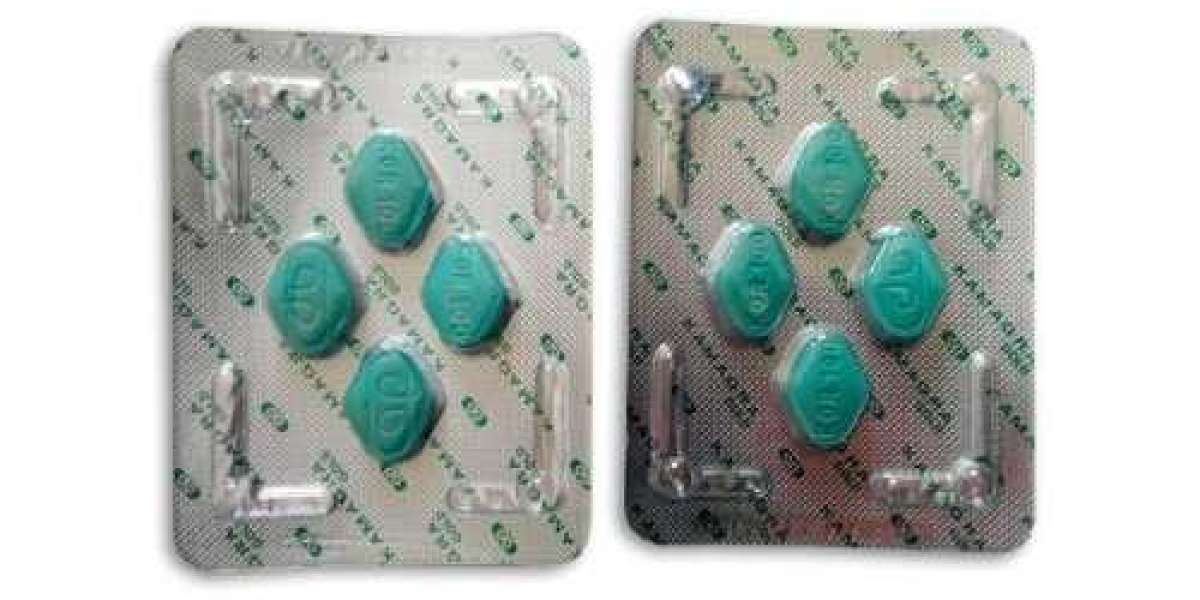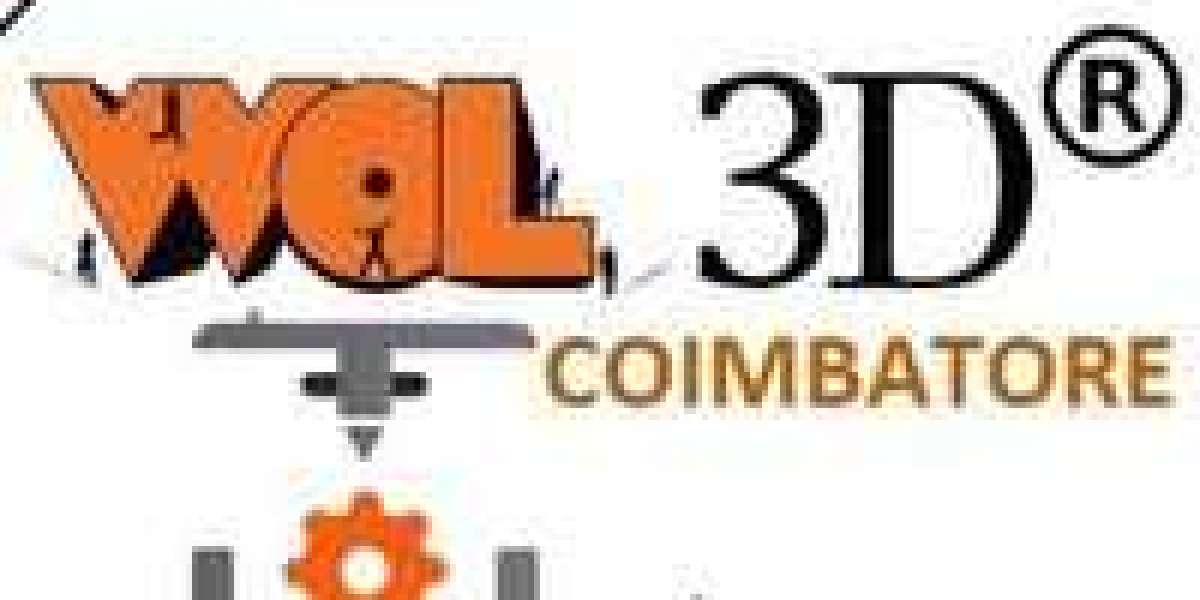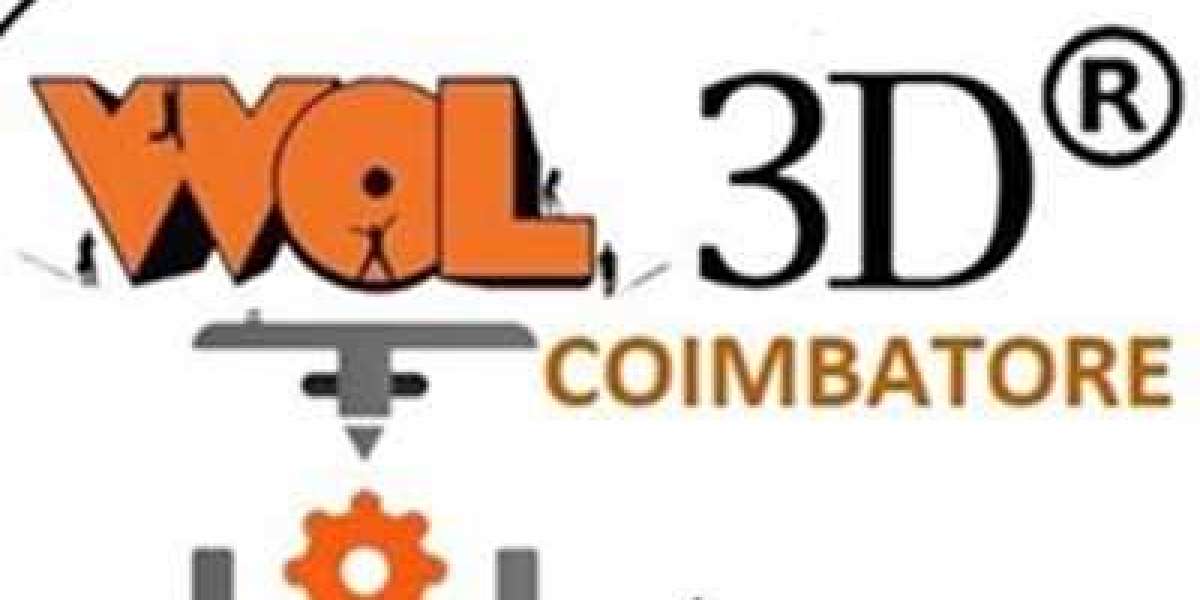The global gold nanoparticles market size has experienced remarkable growth in recent years, with a demand of 2230.99 kilograms in 2023. This market is projected to continue its upward trajectory, with a forecasted Compound Annual Growth Rate (CAGR) of 10.25% between 2024 and 2032. As the demand for innovative materials in various industries continues to rise, gold nanoparticles have emerged as a versatile solution, offering a myriad of applications across sectors. In this article, we delve into the key developments, driving factors, market segmentation, trends, and challenges shaping the gold nanoparticles market landscape.
Market Overview and Segmentation
Gold nanoparticles, with their unique physical and chemical properties, have found applications in diverse sectors, including healthcare, electronics, catalysis, and more. These nanoparticles typically range in size from 1 to 100 nanometers, offering a high surface area-to-volume ratio and excellent biocompatibility.
Market Segmentation
- By End-Use Industry: Healthcare, Electronics, Catalysis, Imaging, Others
- By Application: Drug Delivery, Diagnostic Imaging, Sensors, Cancer Therapy, Others
- By Region: North America, Europe, Asia-Pacific, Latin America, Middle East Africa
Key Benefits of Gold Nanoparticles
Gold nanoparticles offer several advantages that contribute to their growing adoption in various industries:
- Biocompatibility: Gold nanoparticles are non-toxic and biocompatible, making them suitable for biomedical applications such as drug delivery and imaging.
- Surface Plasmon Resonance (SPR): Their unique optical properties, including SPR, enable applications in sensing, imaging, and diagnostics.
- Catalytic Activity: Gold nanoparticles exhibit excellent catalytic activity, driving advancements in green chemistry and industrial processes.
- Functionalization: Their surface can be easily modified with ligands, antibodies, or other molecules, enhancing their specificity and functionality.
- Conductivity: In electronics, gold nanoparticles serve as conductive materials for flexible electronics, sensors, and printable electronics.
Key Industry Developments
The gold nanoparticles market has witnessed significant developments driven by technological advancements and strategic collaborations:
- Advancements in Biomedical Applications: Researchers are exploring new avenues in drug delivery, cancer therapy, and diagnostic imaging using gold nanoparticles.
- Emergence of Nano-Catalysis: Gold nanoparticles are increasingly utilized as catalysts in organic synthesis and environmental remediation, owing to their high efficiency and selectivity.
- Integration in Electronics: With the demand for miniaturized and flexible electronic devices, gold nanoparticles play a crucial role in conductive inks, sensors, and nanoelectronics.
- Strategic Partnerships: Key players in the market are forming strategic partnerships and collaborations to expand their product portfolios and geographical presence.
Driving Factors
Several factors are driving the growth of the gold nanoparticles market:
- Rising Demand for Nanotechnology: The increasing adoption of nanotechnology across industries, including healthcare, electronics, and energy, is fueling the demand for gold nanoparticles.
- Growing Investments in Research and Development: Government and private investments in RD activities aimed at exploring new applications and improving the properties of gold nanoparticles are driving market growth.
- Expanding Healthcare Sector: The healthcare industry's need for advanced drug delivery systems, diagnostic tools, and therapeutic agents is propelling the demand for gold nanoparticles.
- Shift Towards Sustainable Technologies: Gold nanoparticles offer sustainable solutions in catalysis, sensing, and environmental applications, aligning with the global shift towards green technologies.
Restraint Factors and Challenges
While the gold nanoparticles market presents significant opportunities, several challenges need to be addressed:
- Regulatory Hurdles: Stringent regulations governing the use of nanoparticles in healthcare and other industries pose compliance challenges for manufacturers and developers.
- Cost and Scalability: The high cost of production and scalability issues associated with synthesizing gold nanoparticles on a large scale hinder market growth.
- Technical Limitations: Despite their versatility, gold nanoparticles have certain limitations, such as stability issues, aggregation tendencies, and challenges in functionalization.
- Environmental Concerns: The environmental impact of nanoparticle disposal and the potential toxicity of certain nanoparticle formulations raise concerns among stakeholders.
Market Outlook and Future Trends
The gold nanoparticles market is poised for significant growth, driven by ongoing technological advancements and expanding applications across industries. Key trends shaping the market include:
- Focus on Precision Medicine: The integration of gold nanoparticles in targeted drug delivery systems and personalized medicine approaches is expected to drive innovation in healthcare.
- Nanotechnology in Sustainable Development: Gold nanoparticles play a vital role in sustainable technologies, including renewable energy, environmental remediation, and green catalysis.
- Convergence of Technologies: The convergence of nanotechnology with other disciplines, such as artificial intelligence, biotechnology, and materials science, will lead to novel applications and synergies.
- Shift Towards Functional Materials: There is a growing demand for functionalized gold nanoparticles with specific properties tailored for diverse applications, driving research in nanomaterials design and engineering.
Regional Analysis and Insights
The gold nanoparticles market exhibits regional variations in terms of demand, adoption, and regulatory landscape:
- North America: Leading the market in terms of research and development activities, particularly in biomedical applications and nanoelectronics.
- Europe: Witnessing growing investments in nanotechnology research and collaborations between academia and industry to drive innovation.
- Asia-Pacific: Emerging as a key manufacturing hub for gold nanoparticles, fueled by rapid industrialization and technological advancements in countries like China, India, and Japan.
- Latin America, Middle East Africa: Opportunities for market expansion exist in these regions, driven by increasing awareness of nanotechnology and its applications in healthcare and energy sectors.
Top Impacting Factors
- Research and Innovation: Continued investments in research and innovation will drive the development of novel applications and enhance the performance of gold nanoparticles.
- Regulatory Environment: Regulatory frameworks governing the use of nanoparticles will shape market dynamics, influencing product development and commercialization strategies.
- Market Competition: Intense competition among key players will drive product differentiation, pricing strategies, and market consolidation through mergers and acquisitions.
- Technological Advancements: Breakthroughs in synthesis methods, characterization techniques, and surface functionalization will expand the capabilities and applications of gold nanoparticles.
Key Players
- Cytodiagnostics Inc.
- Goldsol Inc.
- BBI Solutions OEM Limited
- NanoHybrids, Inc.
- Nanopartz Inc.
- Nanosphere Inc. [Luminex Corporation (NASDAQ: LMNX)]
ALSO READ OUR OTHER REPORTS:-
Top 6 Companies Leading the Global Light Weapons Market
Top 7 Companies Carrying the Weight of the Global Backpack Market
Top 10 Meat Brands in the World
Top 9 Companies Dominating the Global Chocolate Market
Top 5 Companies Fuelling the Global Refrigeration Compressor Market








